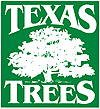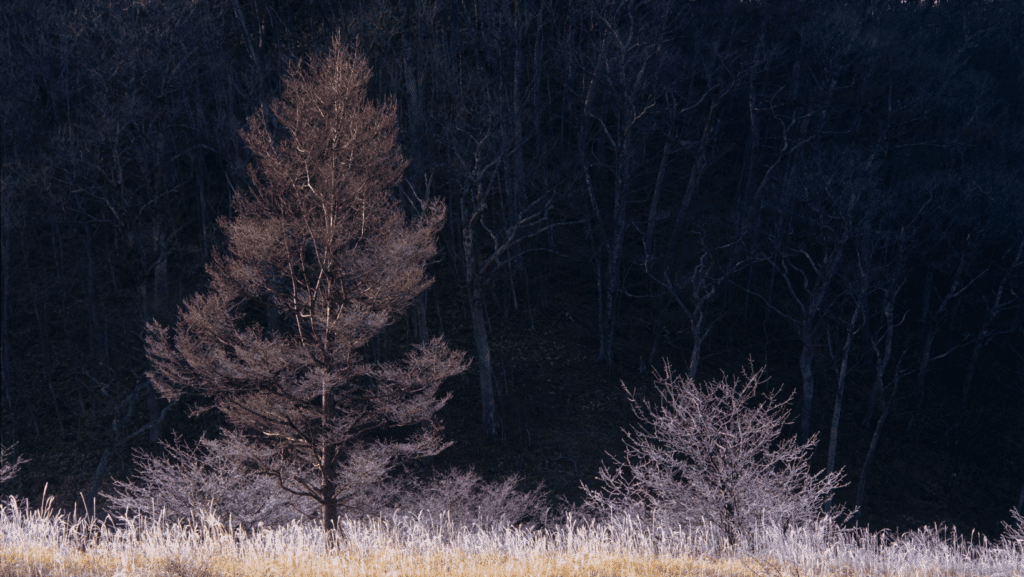Winters in Texas can be unpredictable. Taking certain steps to protect your trees and giving them the nutrients they need to thrive can help your trees last all winter long.
Live Oak Trees
Regardless of where you live in Northern Texas, you’re likely to notice an abundance of live oak trees. Live oak trees are capable of growing to a height of 80 feet and a spread of 100 feet if cared for properly. The great thing about live oak trees is that they require minimal tree maintenance.
Fertilizing and watering are especially important with younger live oak trees. Pruning is also important, even for fully mature live oak trees. Texas’ trees go into a dormant phase as soon as the temperatures drop. This dormant state means the tree reserves any nutrients, temporarily preventing the tree from growing. Younger trees have smaller roots, which means they require even more water.
Live oak trees that stop growing for many seasons may need to be removed. If your live oak stops growing completely, has bark falling off, and has bare wood that is darker in color, reach out to a Dallas tree removal company.
Cedar Elm Trees
Cedar elms also make up a significant portion of the Northern Texas landscape. The thick branches and smaller leaves of a cedar elm mean they do particularly well in Texas’ dry heat conditions. With the right care, cedar elms can grow to be as tall as 90 feet. Cedar elm trees also don’t require a lot of maintenance, but they are prone to drooping branches.
Pruning your cedar elm trees before winter can help prevent expensive damage from the branches falling onto your home or vehicles. Cedar elms are deciduous trees that lose their leaves during winter. At the end of winter, adding some hardwood mulch to the base of your cedar elm can help it grow.
Most cedar elms last 100 years or more, but trees infected with disease may need to be removed. A local Dallas tree removal company can inspect your cedar elm tree and help determine if removal is the best option.
Texas Ash Trees
Texas ash trees are much shorter than live oaks and cedar elms. The Texas ash tree is a popular tree because of its beauty. During the chillier months, the leaves can change color. Texas ash trees also attract birds, which may be desirable to birdwatchers. These trees require a little extra maintenance, and they tend to have the longest life span when they’re planted deep in the soil.
Pruning is an important task for Texas ash trees. Routine cutting helps maintain branch structure while also limiting the potential for pest damage. Even though freezing temperatures aren’t very common in Texas, they can and do occur. A Texas ash tree can make it through a freeze, but cutting off dead branches afterward can give it the best chance of recovering. Adding some fertilizer to the soil around your ash tree can also help it thrive in winter.
Caring for your trees can help them last longer and grow stronger. A single bad tree can stop nearby trees from getting the oxygen and water they need. Tree removal companies can offer you the expertise you need to maintain your trees all winter long.

